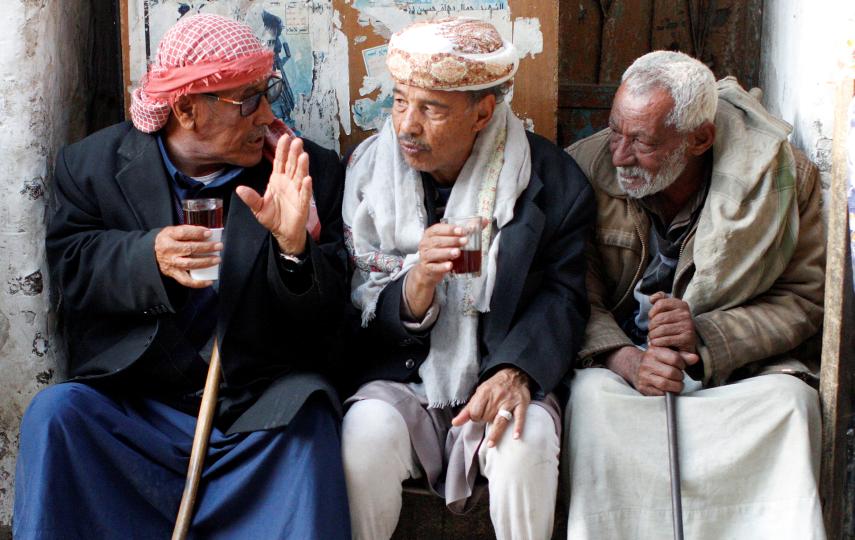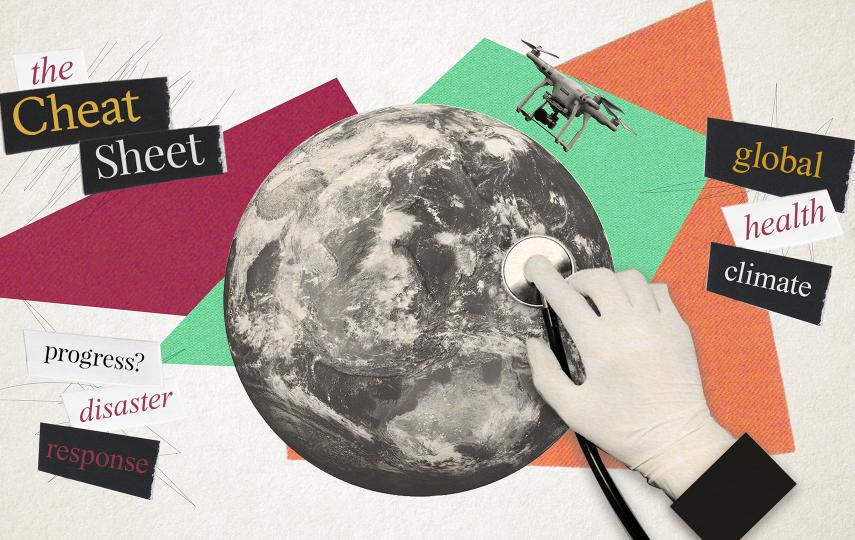Every week, IRIN’s team of specialist editors scans the humanitarian horizon to curate important sources on unfolding trends and events around the globe:
A diphtheria dilemma?
A global shortage of the antitoxin used to treat highly contagious diphtheria could trigger an ethical dilemma for health providers in Bangladesh’s Rohingya refugee camps. There were more than 2,400 suspected cases of diphtheria in Bangladesh as of 25 December — but only 5,000 vials of antitoxin available anywhere in the world, according to Médecins Sans Frontières. “There is not enough of the medication to treat all of the people in front of you who need it and we are forced to make extremely difficult decisions,” Crystal van Leeuwen, MSF’s emergency medical coordinator in Bangladesh, said on the aid group’s website. “It becomes an ethical and equity question.” Early cases of diphtheria were spotted in November but there were no available antitoxins in southern Bangladesh’s Cox’s Bazar district, where nearly one million Rohingya refugees are now clustered together in haphazard camps and settlements. World Health Organization officials had to hand-carry the first available doses from Delhi in December. There are now about 1,300 vials of the diphtheria antitoxin available in Cox’s Bazar, according to the WHO. Fuelled by low vaccination rates, extreme overcrowding and poor sanitation, the sudden re-emergence of diphtheria in Bangladesh followed years of decline: there were only two reported cases in 2016.
Diphtheria, long forgotten in many parts of the world, has also re-appeared in Yemen, which has seen more than 330 cases and 35 deaths in recent months.
US drone strikes in Somalia double under Trump
We reported on this topic in early November, but given Wednesday’s announcement that a fresh US drone strike has killed 13 al-Shabab militants, it’s worth revisiting. The latest hit, conducted northwest of Kismayo on 24 December, is, according to The Bureau of Investigative Journalism, the 34th this year, which compares to 15 for 2016 and 11 for 2015 and includes a strike on a militant training camp last month that killed 100 people. The increased rate of drone strikes is even more marked in Yemen, where US President Donald Trump has overseen a threefold increase from his predecessor, all in the name of the “war on terror”. Ironically, the latest strike in Somalia came as the Somali government officially took back control of its own airspace from the International Civil Aviation Organization (ICAO), 27 years after the fall of the central government in 1991. The move marks a symbolic milestone for the administration of President Mohamed Abdullahi Farmajo. Nine months into his tenure, in mid-October, Farmajo faced the deadliest attack in the country’s history, blamed on al-Shabab, that killed more than 500 people at a busy Mogadishu intersection. The African Union Mission in Somalia, AMISOM, meanwhile, has begun a gradual drawdown that will see the phasing out of the 22,000-strong multinational force by the end of 2020.
E-book on climate change and food security reporting
It’s not often we offer up an item of more than 100 pages compiled by IRIN itself. However, 2017 has seen Project Editor Anthony Morland edit an impressive body of work on one of the world’s most urgent issues, namely climate change adaptation – exploring what people are doing to reduce their vulnerability. The project provides a platform for policy discussion, and for the voices of those men and women on the front lines of climate change to be heard. The project covers four countries – Kenya, Nigeria, Senegal, and Zimbabwe – with the goal of sharing lessons so that small-scale farmers everywhere can find support to alter methods of food production to suit climatic variation.
It’s goggle time again
No humanitarian data or innovation event is complete without photos of men in suits wearing virtual reality goggles, and sure enough the official opening of the Centre for Humanitarian Data in the Hague on 22 December did not disappoint. It was a relaunch of the existing UN OCHA initiative, enjoying financial support from The Netherlands. Snark aside, the service now claims over 900 sources. Its flagship site gathers and organises information from a range of sources, and continues to grow, offering everything from bilingual map data on Syria to one thousand rows of data on the displacement caused by the recent cyclone Tembin in the Philippines.
And finally
IRIN’s top articles and photos of 2017
ag-il/bp





